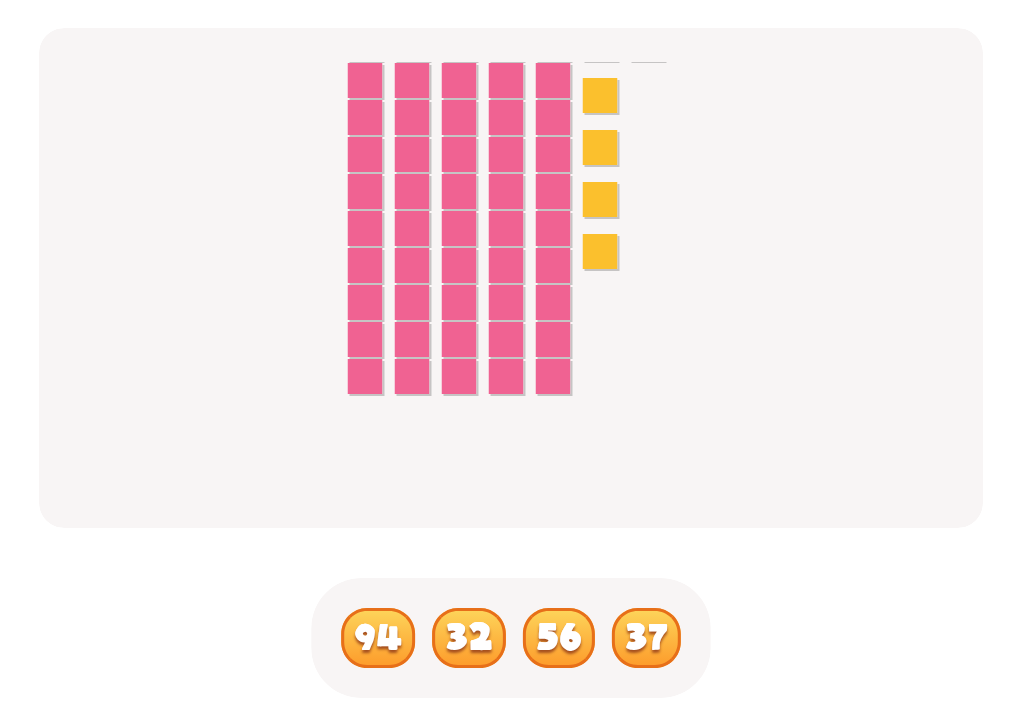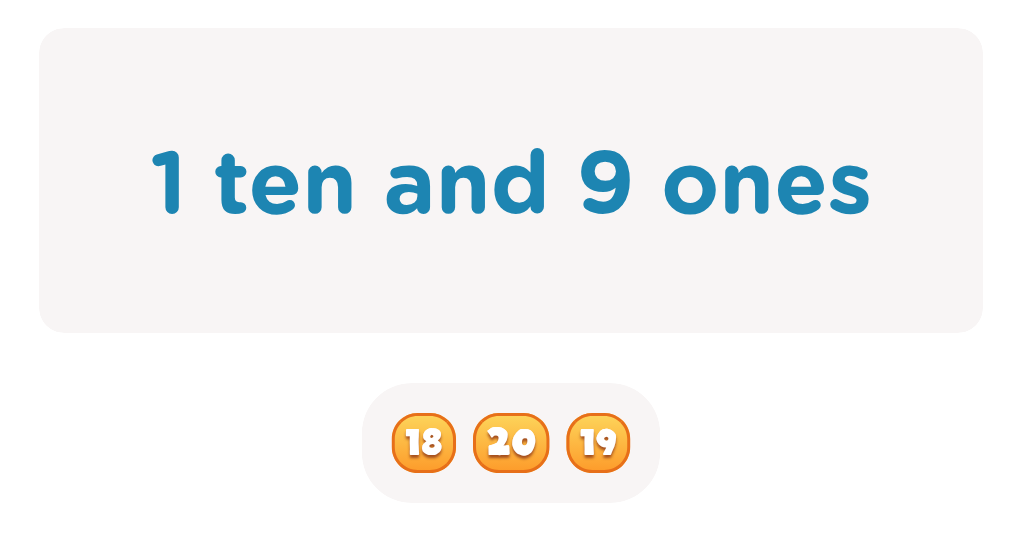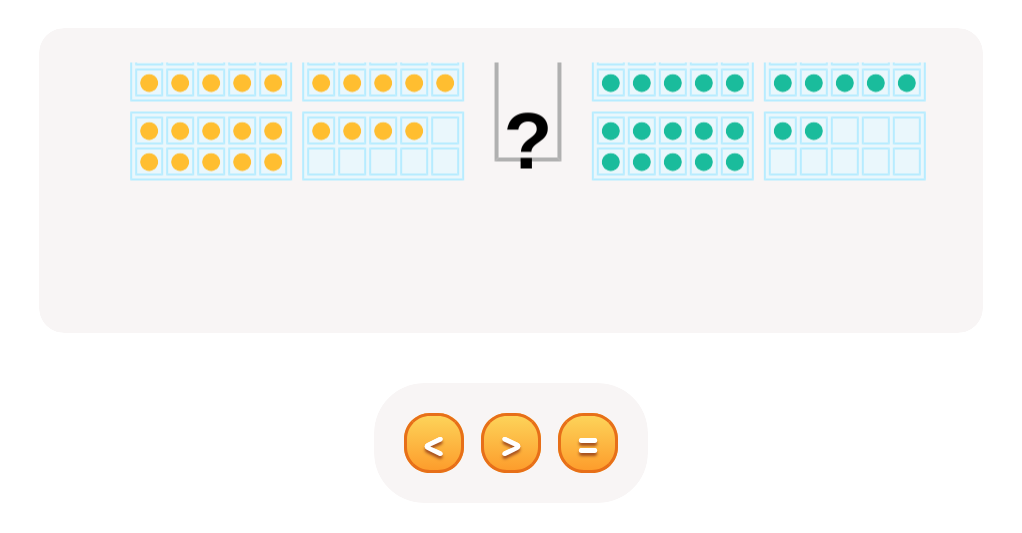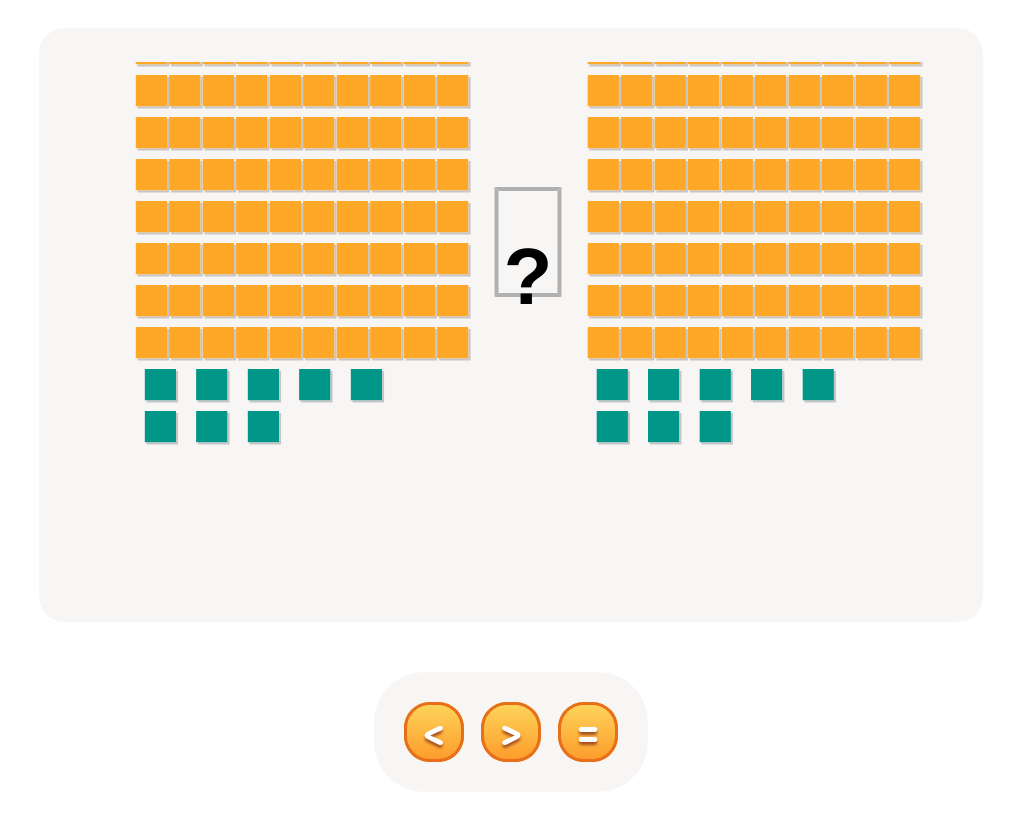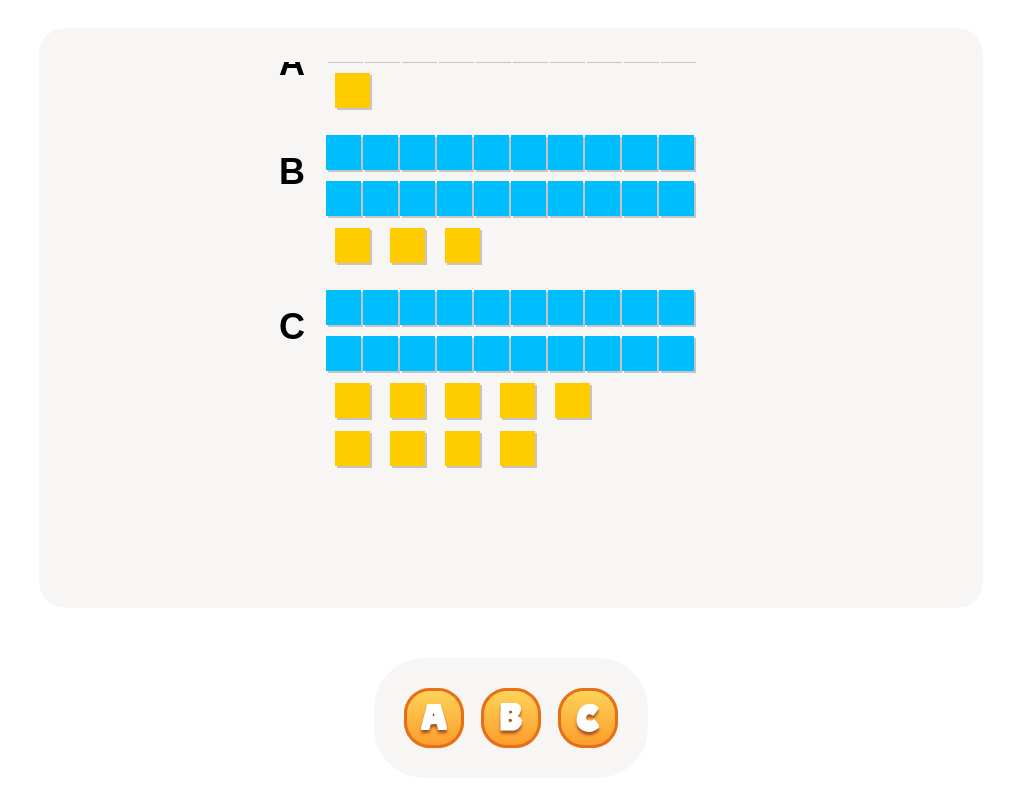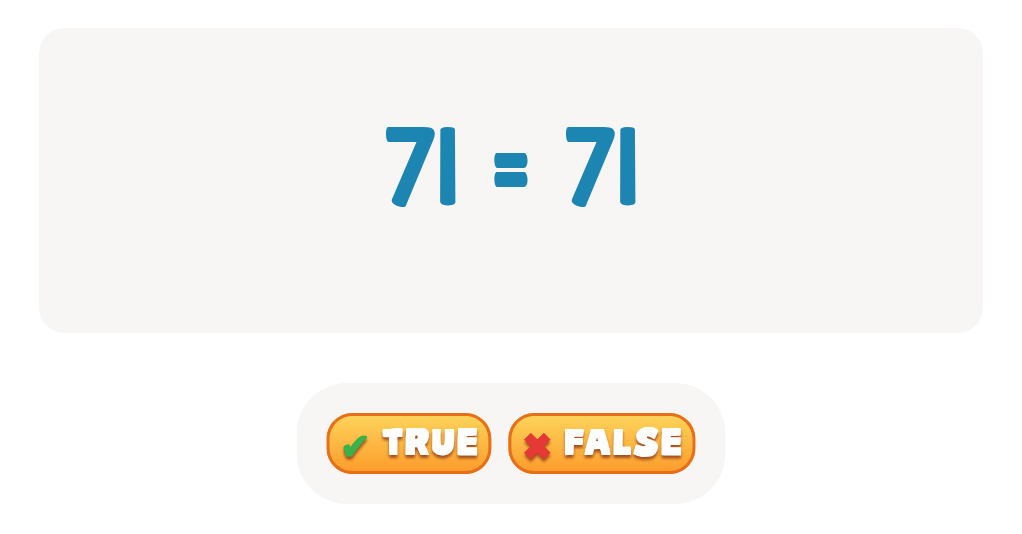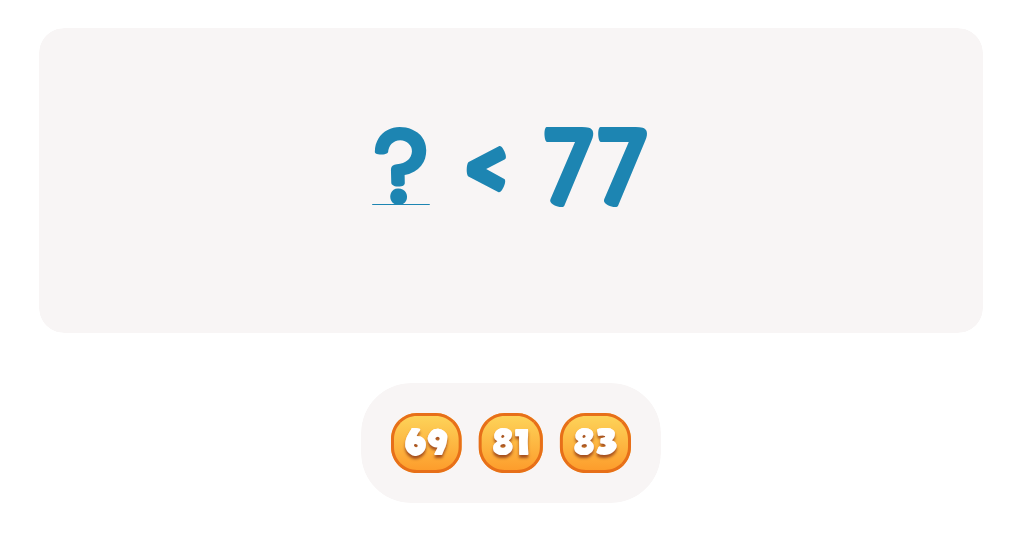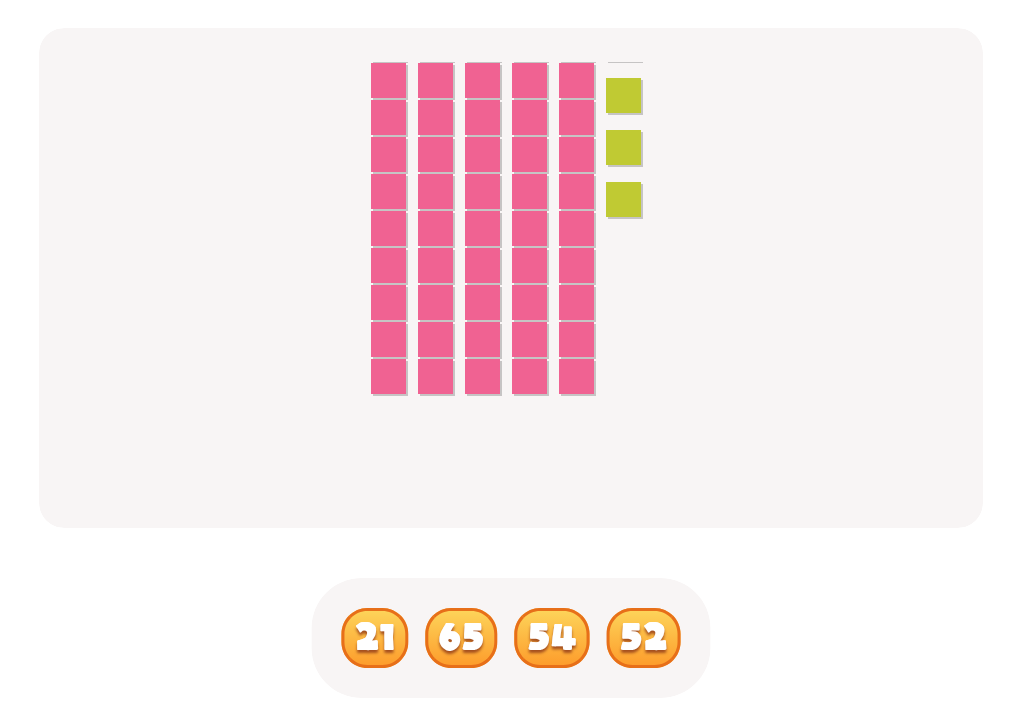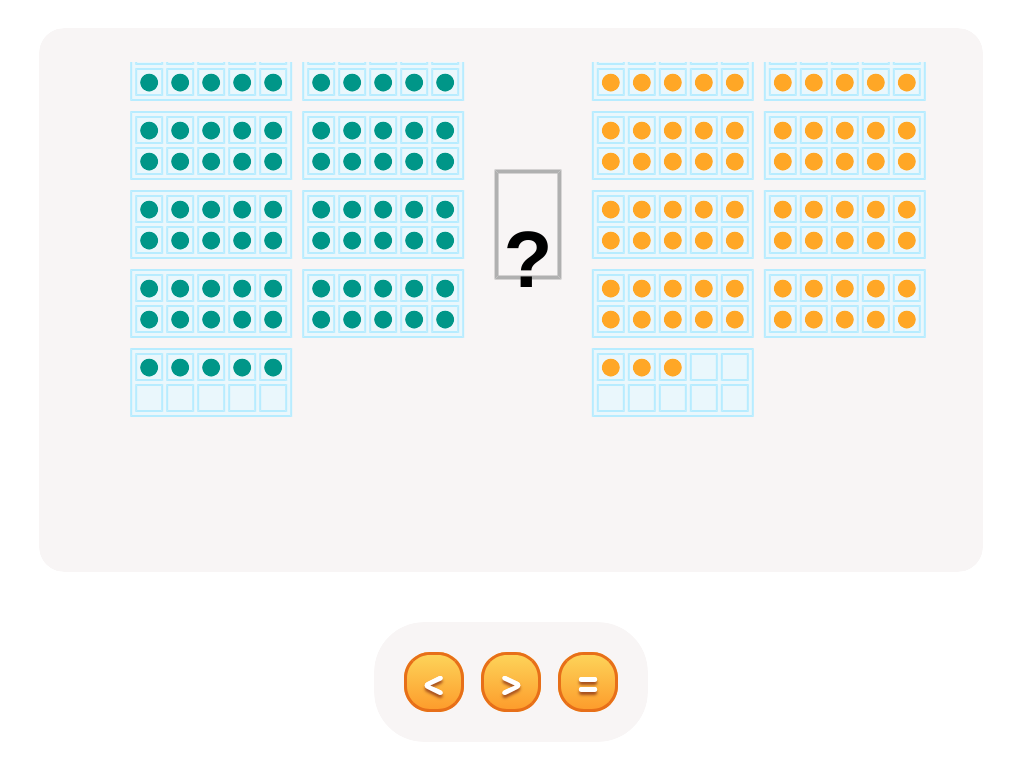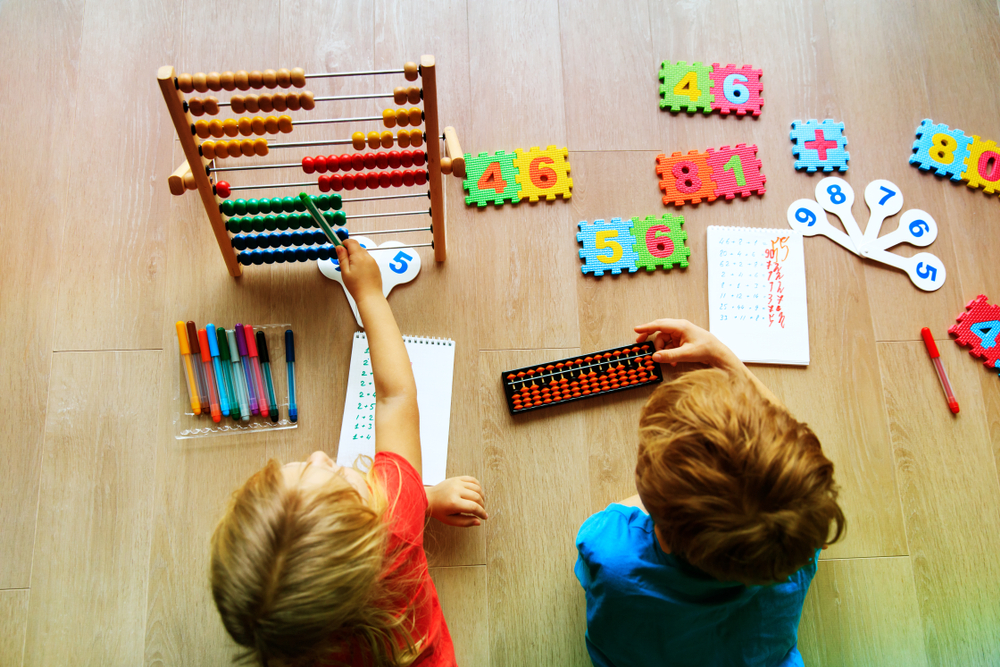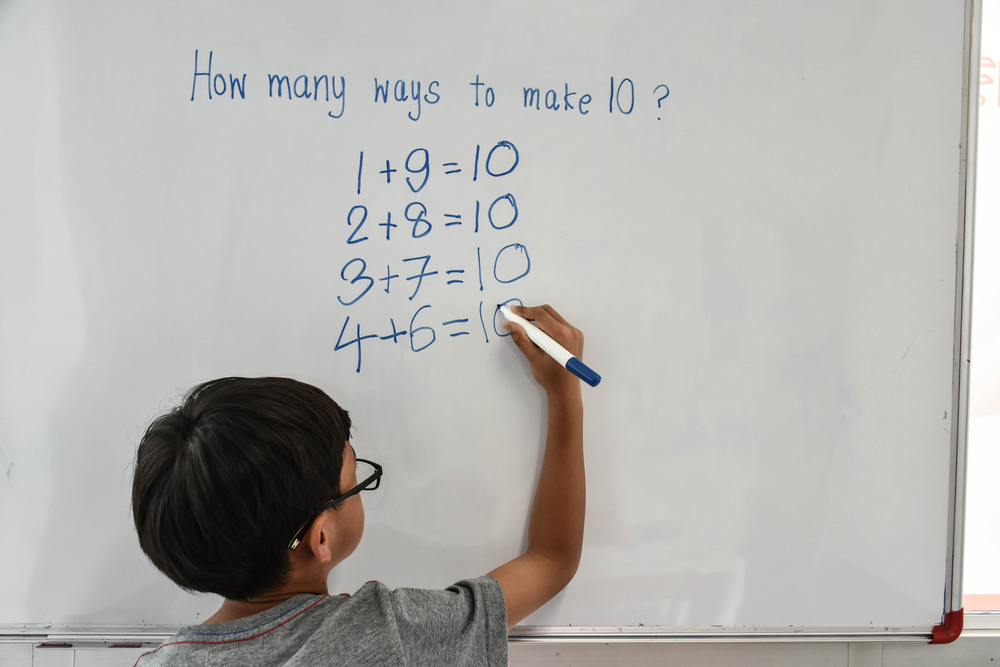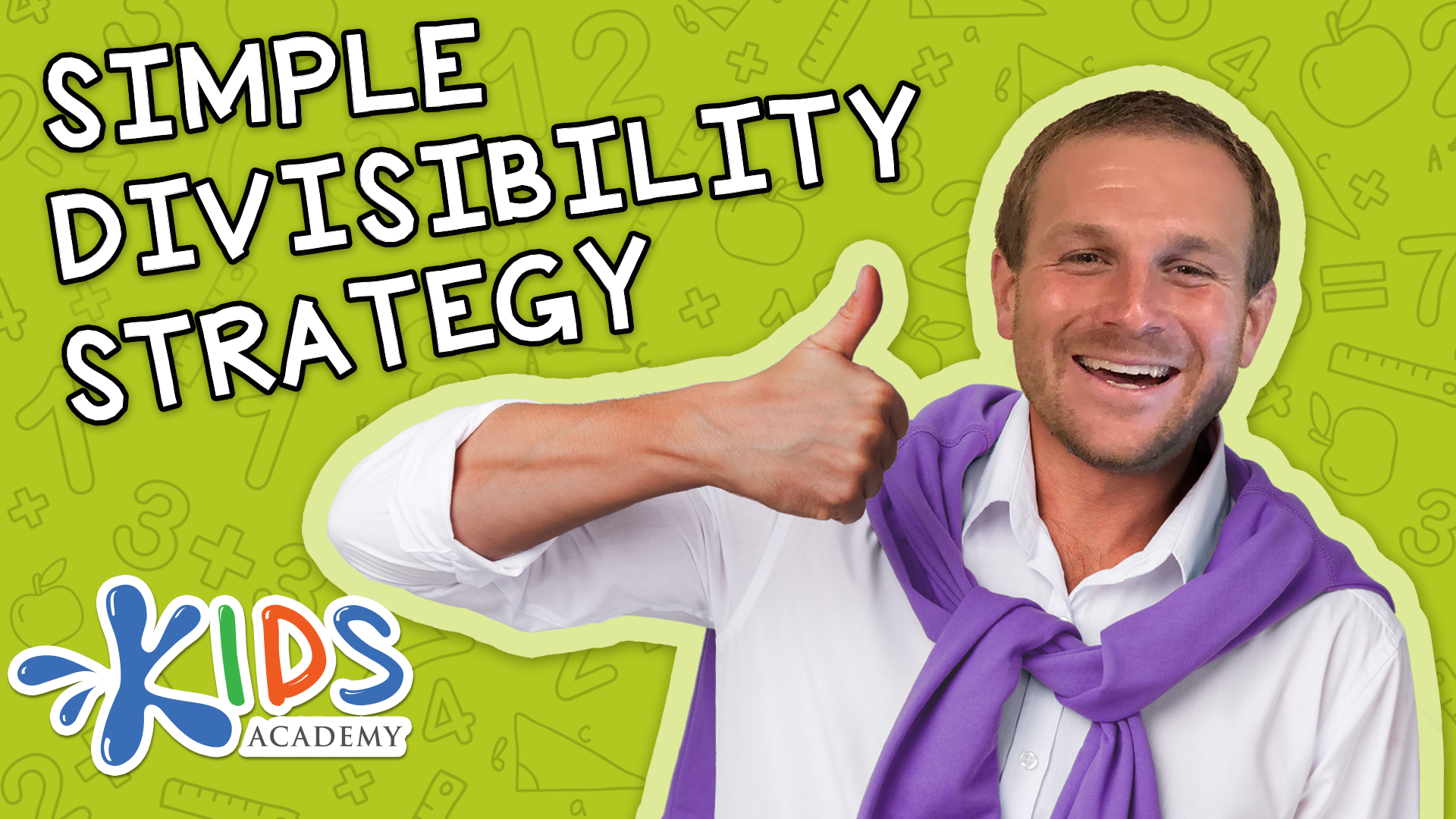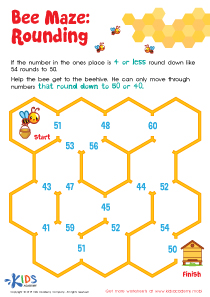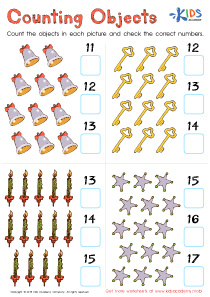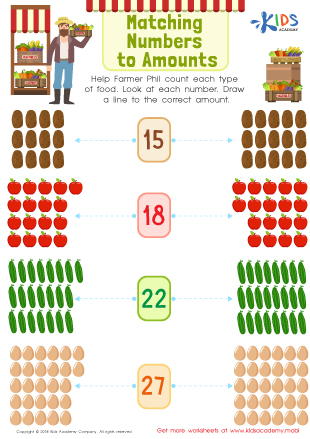Understanding place value Normal Place Value Worksheets for Ages 5-8
8 filtered results
-
From - To
Empower your child’s math journey with our "Understanding Place Value" worksheets designed for ages 5-8. These engaging and educational resources simplify the fundamentals of place value, helping young learners grasp the concept of units, tens, and hundreds with ease. Perfect for reinforcing classroom lessons, they feature fun activities and colorful illustrations that make learning enjoyable. Download these worksheets from Kids Academy to provide your child with a solid foundation in mathematics, fostering confidence and proficiency in their early math skills. Boost their understanding and ensure they excel in their math journey with our expertly crafted place value worksheets.
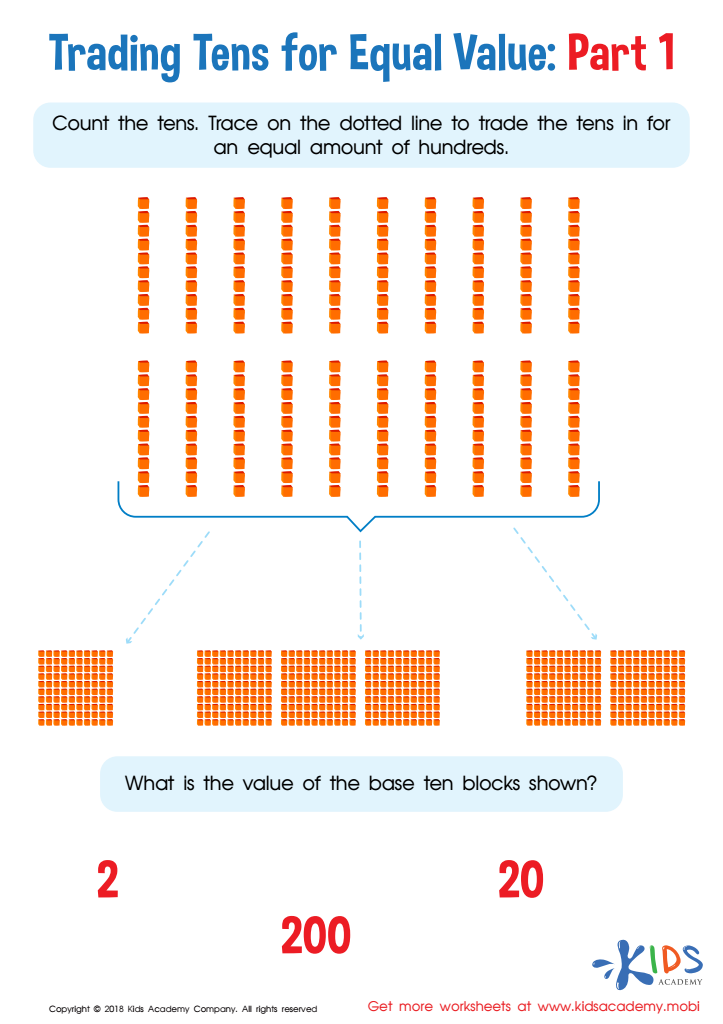

Trading Tens for Equal Value Worksheet: Part 1
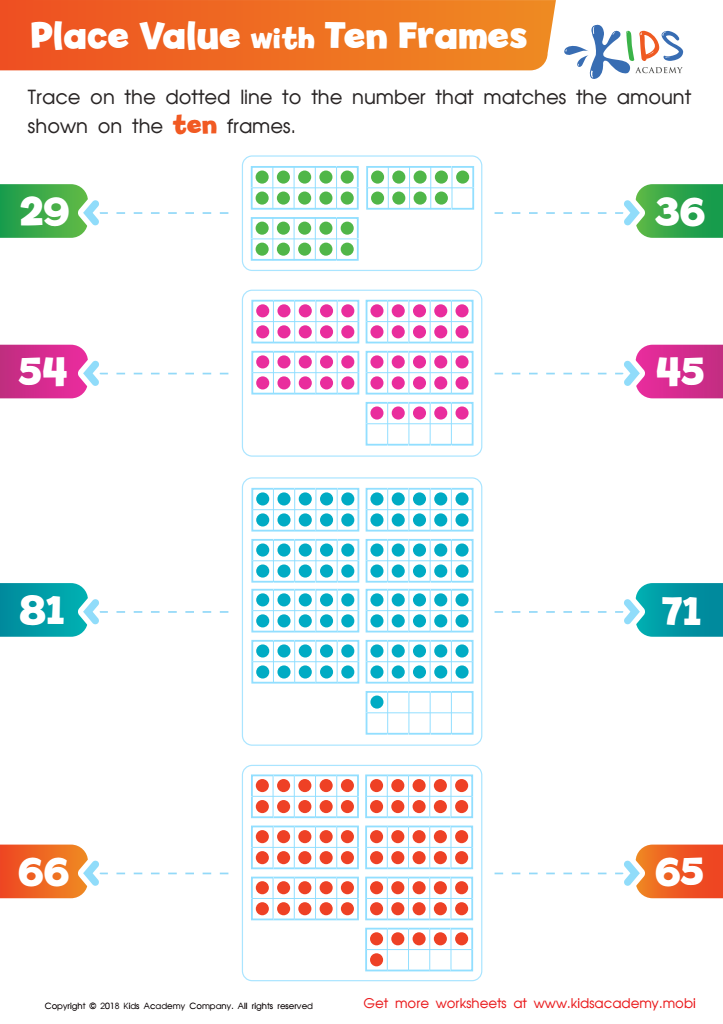

Place Values with Ten Frames Worksheet
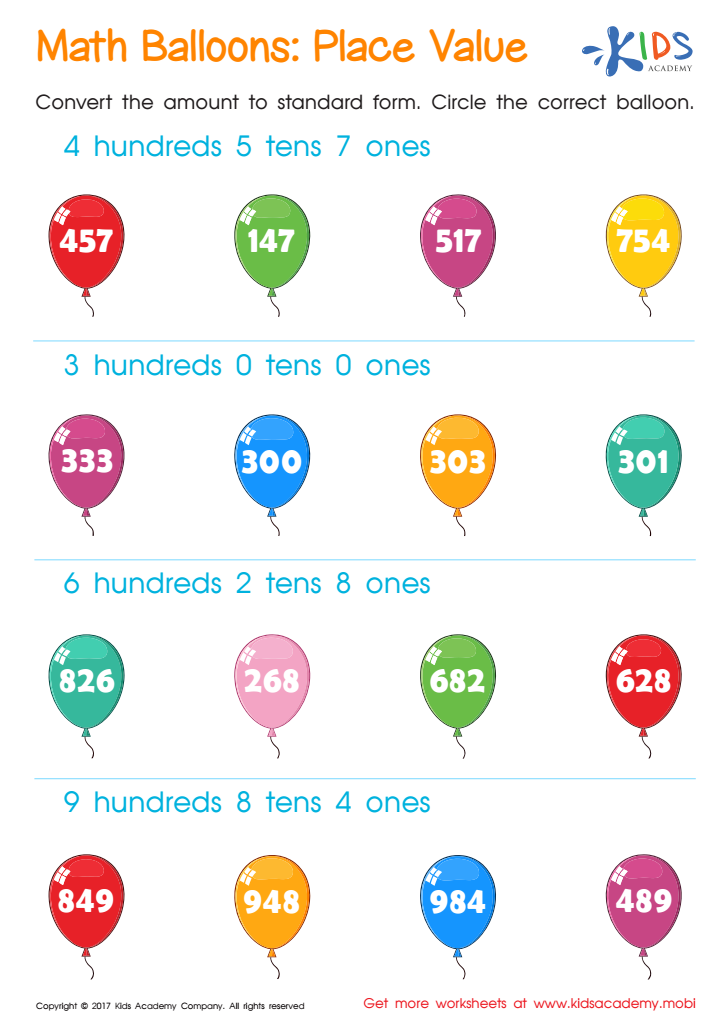

Place Value Printable Worksheet
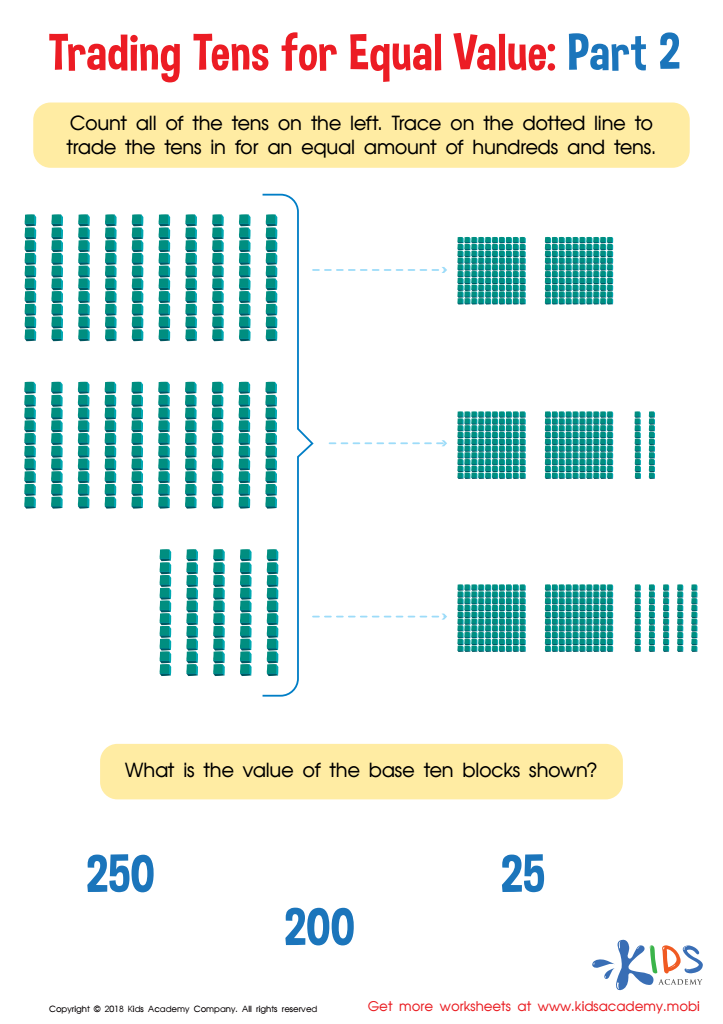

Trading Tens for Equal Value Worksheet: Part 2


Trading Tens Worksheet


Practice Place Value Printable
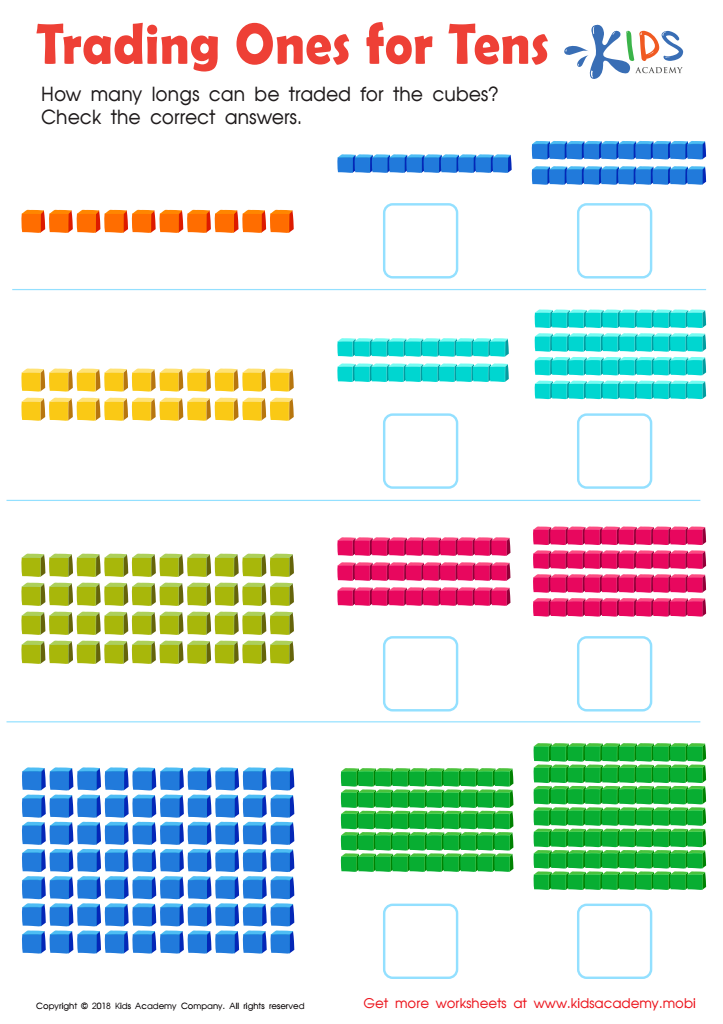

Trading Ones for Tens Worksheet: Part 2
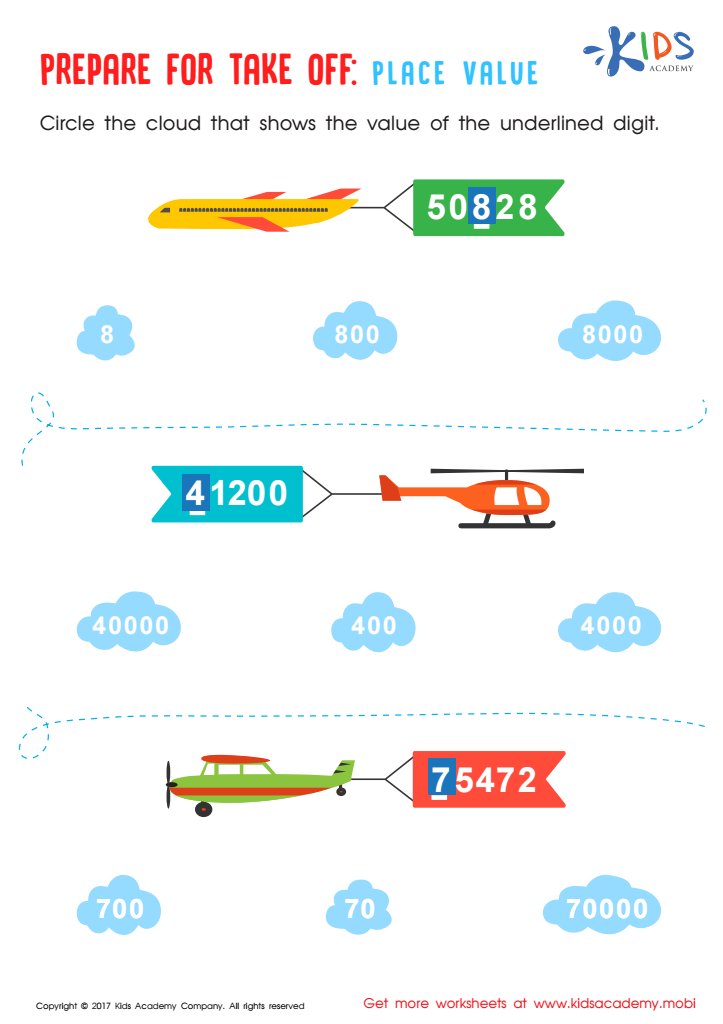

Free Place Value Worksheet for 3rd Grade
Understanding place value is fundamental for young children, ages 5-8, as it forms the backbone of their future mathematical learning and reasoning. Place value refers to the value of a digit based on its position within a number. For instance, in the number 345, the '3' is in the hundreds place and represents 300, the '4' is in the tens place and represents 40, and the '5' is in the units place and represents 5.
When children grasp this concept, they can easily perform various arithmetic operations, understand the significance of zeros, and valor the idea of carrying over in addition and borrowing in subtraction. It helps break numbers into more manageable parts, making mental math more intuitive.
Moreover, understanding place value is crucial for recognizing patterns and making predictions in numbers, which are essential skills in problem-solving and logical thinking. Studies have shown that early mathematics skills are a reliable predictor of later academic success, not just in math but in other subjects too.
For teachers and parents, fostering comprehension of place value provides a solid foundation. Using manipulatives like blocks or beads, visual aids, and real-life scenarios can make the learning process engaging and relatable. Overall, investing time in teaching place value not only boosts math proficiency early on but also builds confidence and enthusiasm for ongoing learning in children.
 Assign to My Students
Assign to My Students
